Define "time". I might be misunderstanding some of this from your point of view, and not sure if "frame size" has anything to do with this. I have implemented physics based multi particle collision tracking simulations before and have come across this type of issue. First you need to ask yourself if getting all simultaneous collisions will benefit you for this specific application.
In my answer I am assuming that this is a sort of discrete time event driven sim where particles are stepped forward along their trajectories and a collision test applied to all pairs. CPA = closest point of approach.
One point of view might be that there is some minimum error bar on detection time and you may find a large number of pairs that "collide at the same time" relative to that error bar. So, at any step when you test them you could take all pairs that have a CPA distance within a threshold and a projected CPA time within current_time +/- error. This will catch all pairs that meet your criterion. This is adjustable and different thresholds for CPA time and distance will produce a different number of pairs for the same initial conditions.
A second point of view is that due to the errors this level of information is useless to track this and you could just take the fist pair encountered a having collided, continue the sim and catch the others on the next pass. Without some checks and balances you might miss a few that would "pass through" each other but this can be fixed by adjusting step size and implementing some logic to check results.
If you were to implement things by the second suggestion then setting up a symmetric test case would necessarily "fail" to reproduce the theoretical result but then again it isn't a meaningful test.
The same type of reasoning applies to three or more particles colliding at the same place and at the same time. Unless you set up a symmetric test case this is not likely to occur and if your simulation is applied to something in a realistic situation the "noise" saves you from needing to care about that level of precision. Implementing first suggestion may get the special cases you have provided but may also predict a multi particle collision when it didn't really occur.
CPA is usually applied to straight line motion with constant speed of acceleration but similar concepts can be applied to more complex situations, especially if step sizes are small, you can assume a rough CPA within the time step, or just check distance between pairs against a threshold.


